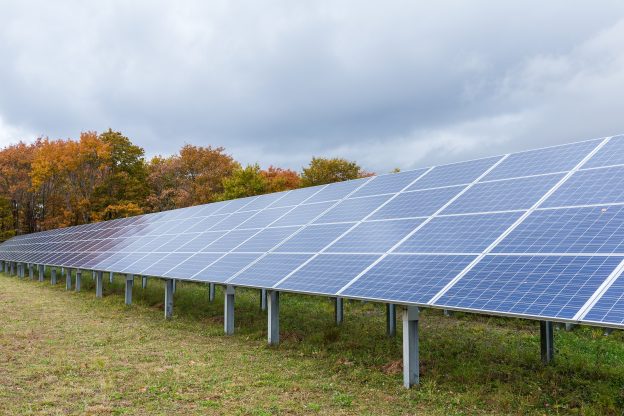China: Installed capacity has fallen month-on-month, and is expected to increase slowly in the second quarter month by month
In March 2024, China's new PV installed capacity was 9.0GW, down 48% month-on-month and 32% year-on-year. The increase of cumulative new installed capacity from January to March was 36% year-on-year. From January to February, a total of 36.7GW of new installed capacity was added, an increase of 80% year-on-year. The reason is that some projects connected to the grid at the end of last year were postponed to January and February to provide incremental installations, and returned to the normal off-season pattern of installed capacity in March. According to SMM statistics, the grid-connected power plant projects that started after the Spring Festival are expected to be connected to the grid as early as the end of April to May, and the installed capacity in the second quarter is expected to show a month-on-month upward trend.
European: Module inventories have been depleted, and the peak season in Q2 will boost demand
In March 2024, China's companies exports module to Europe were about 9.1GW, up 47% month-on-month and down 10% year-on-year. The cumulative module exports from January to March decreased by 14% year-on-year, because Europe is mainly digesting its own module inventory. In the first quarter, shipping uncertainty rose under the Red Sea crisis, and local European distributors pulled goods ahead of schedule, so that the module inventory problem, which had been the focus of the market last year, was better resolved. According to SMM statistics, as of the end of March this year, the local module inventory in Europe was about 17GW, which is a significant decrease from the previous high inventory. In the second quarter, Europe entered the traditional peak consumption season, and it is expected that the pull of module shipments will increase in the second quarter.
United States: Installed capacity increased year-on-year from January to February but fell month-on-month
In February 2024, the monthly new PV capacity in the United States was 1.5GW, down 61% month-on-month, up 7% year-on-year, and up 29% from January to February. In terms of installed capacity data, the U.S. terminal demand increased slightly year-on-year, but fell accordingly month-on-month. However, the amount of cell and module imports increased month-on-month, which may be related to the expiration of the anti-circumvention tax exemption of the four Southeast Asian countries in June.
On April 24, local time, local PV manufacturers in the United States submitted a petition to the U.S. Department of Commerce and the International Trade Commission (USITC), requesting an anti-dumping/countervailing duty investigation on crystalline silicon photovoltaic cells and modules imported from Dongpuzhai, Malaysia, Thailand and Vietnam. According to the time point, before the beginning of June this year, the USITC will announce whether it has determined the fact of injury. If it is confirmed, the US Department of Commerce will successively make preliminary judgments on anti-subsidy and anti-dumping in the fourth quarter of this year, and announce the final judgment results in the first half of 2025.
Under such circumstances, on the one hand, in the second half of this year, the four Southeast Asian countries will begin to impose double anti-tariffs on modules exported to the United States, on the other hand, if the anti-dumping and anti-dumping measures in Southeast Asia caused by this petition are effectively implemented in the future, it will have a large impact on US imports. According to statistics, by the end of 2024, the local cell production capacity in the United States will be about 7GW and the module production capacity will be about 56GW. The cell production capacity will still not be able to effectively meet the local demand, which will affect the local module supply in the United States and increase the overall PV installation cost.
India: ALMM is driving short-term module demand
In March 2024, India's new PV capacity reached 6.24GW in the month, a significant year-on-year increase and a record high in the past five years. The main reason may be related to the rush to assemble components before the ALMM list is executed. In terms of local policy, India's ALMM Act was re-implemented on April 1, and the government's PV projects need to use the modules in the list, and the new version of the ALMM list does not include Chinese manufacturers. Subsequently, China's module exports to India will be more resistant, which may affect the volume of China's module exports.






